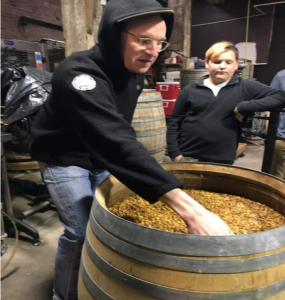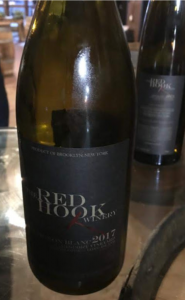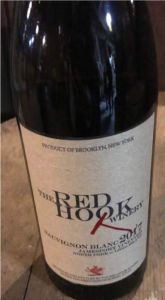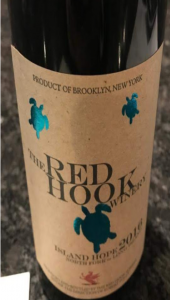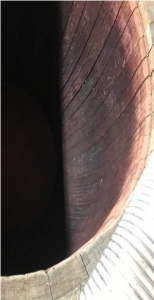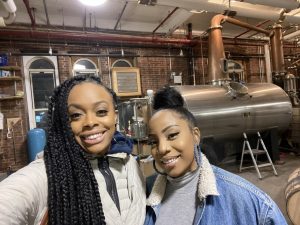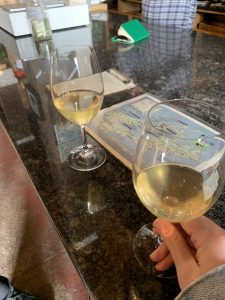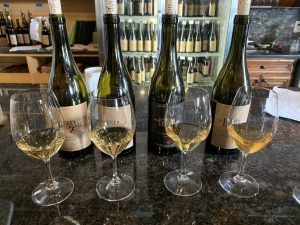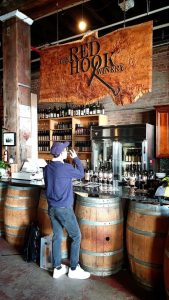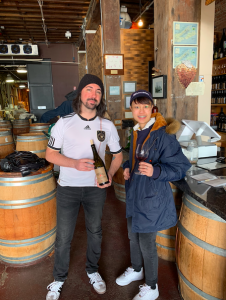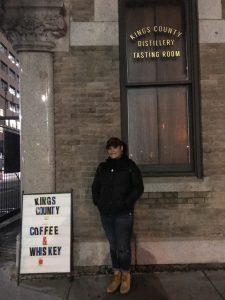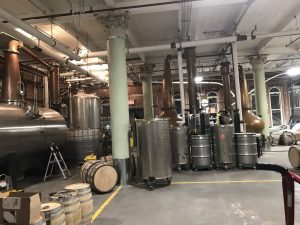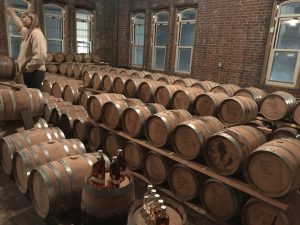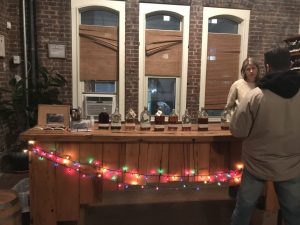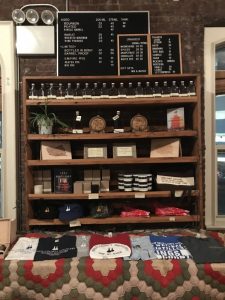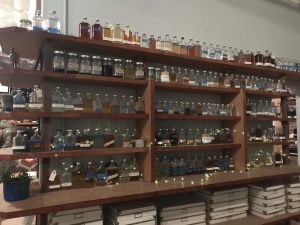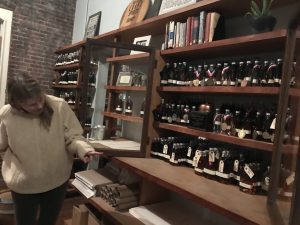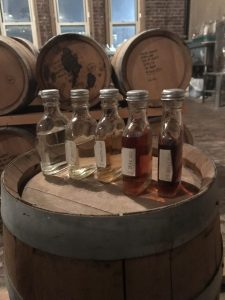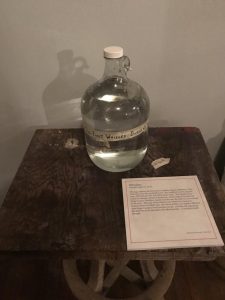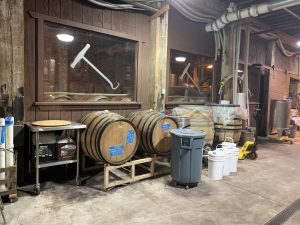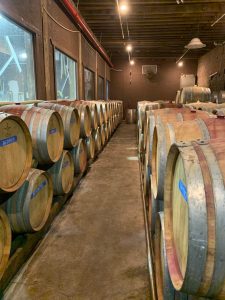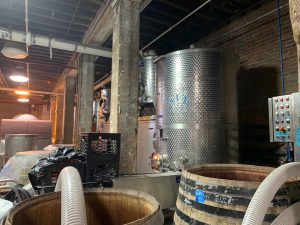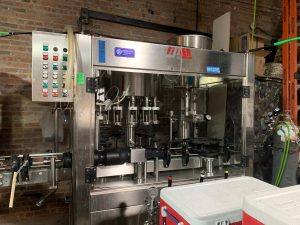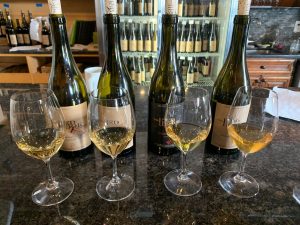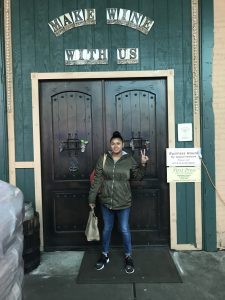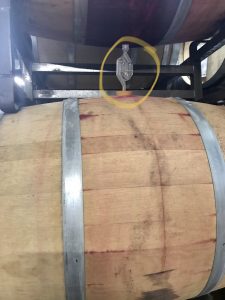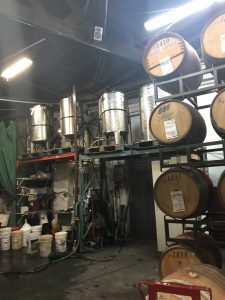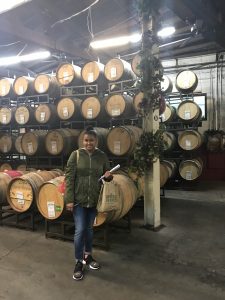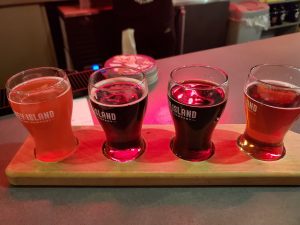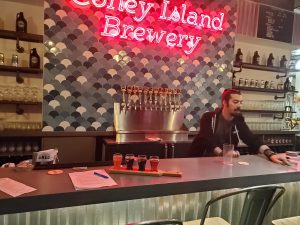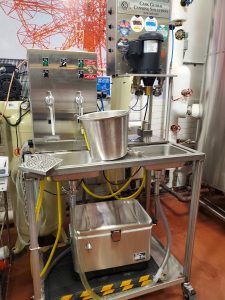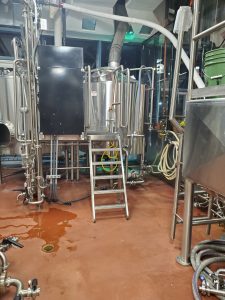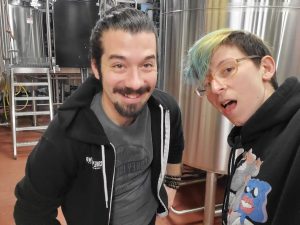Brewery Visit
Five Boroughs
I feel like I got the complete industry hookup when it came to my visit at Five Boroughs Brewery. Looking for a location for my brewery visit was harder than expected. Every place I looked up didn’t respond or didn’t give tours. I really wanted to stray away from all the other locations my classmates were going. No professor wants to read papers on the same place even if experiences did differ. I had to do an interview for my marketing class. I interviewed my restaurants general manager who in the interview was telling my about a distributor who she was having delivery issues with but she loved the team and the quality of the beer. She said she really loved the fact that they were brewed locally but for some reason my job location is hard to fit into the delivery schedule. I then in turned asked if they did tours. She said they have an industry night and sometimes gives tours but she could ask the team if and when the next industry day was. Shortly after me interview I received confirmation that I was able to tour the brewery and receive a free tour and tasting.
Entering the Five Boroughs taproom it felt fresh and new. I introduced myself to Brian who introduced himself as one of teams of sales department. He gave a short history on the company. He said that Blake Tomnitz and Kevin O’Donnell started five boroughs in their college dorm room. They expanded after a few years and in 2017 opened United NYC by Beer. Which quickly turned to the catchier Five Boroughs connecting to the fact that this is a beer from New York by New Yorkers. Not only is the company a New York City based but the grains, hops and yeast all come from various farms across the state of NY. He said that we were going to go through a quick tasting; which lasted two hours as he discussed the process of each beer. There were beers on the menu that collaborate with other breweries and NY based companies like All Wise that has a bee farm (Tremblay Apiary) located in Williamsburg, NY. Five boroughs sales their staple beers that are sold year round are the Tiny Juicy which has hints of citrus fruits, the IPA which had a Smokey flavor, and the Gridlock which is similar to the tiny juicy with more if a prominent bold citrus flavor with a little bit of heat towards the end. Throughout the year they collaborate with several companies like the Tremblay Apiary, or Heatonist Hot sauce to make their winter stout
Our tour started a peek inside of the inspection room where all the beer is inspected my qualified taste testers or new beer flavors are created then we went inside the beer walk-in where all the kegs and cans are located waiting to be delivered. We walked through the process that it takes to make beer from starting in the brew house, where the barley and others grains are milled together until grains are fine so the sugars are released. this is called he grist. Then milled grains are transferred into a mash tun, where it is mixed with heated water in a process called mash conversion. This process turns the starch into sugar. The wort liquid as it is called is then transferred to the Boiler/kettle where it is brought to a controlled boil before the hops are added. The hops are added as preservative. The spent grains are then transferred to rolling carts where they transferred by other company who turns it into animal feed or compose. After the wort is finished boiling, the wort is transferred by hoses to the CO2 tanks to be distilled. Depending on the type of beer being made depends on how long the beer stays in fermentation. If it is a larger it is 28 days to ferment in low 45f-65f temperature, or an Ale which only takes 14 days to ferment on a higher temperature of 75f-95f. throughout the fermentation the CO2 is released is buckets. Brian said that if we pull the hose out and air gets into the tank it could ruin the whole batch of beer. After the tour of the brewery we took a few short steps to the canning section where all the cans of finished brewed beer gets put into the cans and then labeled. nest to the canning station there wine barrels. Brian said they use the wine barells to make all the sour beers. Then those cans and kegs get transferred to the walk-in waiting to get picked up for delivery. Overall the experience was informative and I would visit the five boroughs tap house again for a night out. I would definitely go to another industry day to taste and give opinions on the new collaborations and flavors.
Tap Room Menu
beer tasted
Barley before milling
miller
Mash Tun and Boiler
CO2 tanks
original brew station
adjunct beer (honey wise)
inspection room
spent grains
Canning
Barrels for sour




